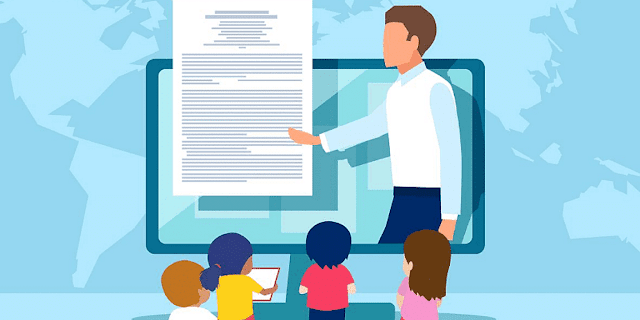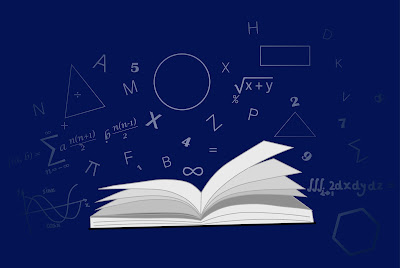The Ever-Changing Landscape of Technology in the Math Classroom
Technology has been an integral part of the mathematics classroom for decades. From the early days of calculators to the latest interactive software, technology has the potential to transform the way students learn and teachers teach math.
The early days of technology in the math classroom,
In the early 1970s, the first handheld calculators were introduced. These calculators were a revolution in the math classroom, allowing students to perform complex calculations quickly and easily. Calculators also freed up students to focus on more complex mathematical concepts, rather than spending time on tedious calculations.
In the 1980s, the first graphing calculators were introduced. These calculators allowed students to visualize mathematical concepts and relationships in a new way. Graphing calculators also made it possible for students to solve complex mathematical problems that would have been difficult or impossible to solve by hand.
The rise of computers in the math classroom,
In the 1990s, computers began to become more common in the math classroom. Computers allowed students to access a wide range of educational resources, including interactive simulations, tutorials, and practice problems. Computers also made it possible for students to collaborate on projects and assignments.
In the 2000s, the internet became more widely available in schools. This opened up a whole new world of educational resources for students and teachers alike. Students could now access online textbooks, articles, videos, and other resources from all over the world. Teachers could also use the internet to create and share their own resources with other teachers and students.
The latest technology in the math classroom,
Today, there is a wide range of technology available for use in the math classroom. Some of the most popular technologies include:
• Interactive whiteboards: Interactive whiteboards allow teachers to project digital content onto a whiteboard. Teachers can then write on the whiteboard, annotate content, and drag and drop objects. Interactive whiteboards make it easy for teachers to create engaging and interactive lessons.
• Tablet computers: Tablet computers are another popular technology for the math classroom. Tablet computers are portable and easy to use, and they can be used to access a wide range of educational resources. Tablet computers can also be used to create and share student work.
• Educational software: There is a wide range of educational software available for the math classroom. This software can be used to teach students new concepts, provide practice problems, and offer feedback on student work.
• Online learning platforms: Online learning platforms provide students with access to a variety of educational resources, including video lessons, practice problems, and assessments. Online learning platforms can be used to supplement in-class instruction or to provide students with a completely online learning experience.
The benefits of using technology in the math classroom,
There are many benefits to using technology in the math classroom. Technology can help students:
• Visualize mathematical concepts: Technology can help students to visualize mathematical concepts and relationships in a way that would not be possible without technology. For example, students can use graphing calculators to see how different variables affect the shape of a graph.
• Solve complex problems: Technology can help students to solve complex problems that would be difficult or impossible to solve by hand. For example, students can use computer algebra systems to solve complex equations and to perform other complex mathematical operations.
• Learn at their own pace: Technology can help students to learn at their own pace. For example, students can use online learning platforms to access video lessons and practice problems at their own convenience.
• Collaborate with others: Technology can help students to collaborate with others on projects and assignments. For example, students can use Google Docs to create and share documents with classmates and teachers.
Challenges of using technology in the math classroom,
While there are many benefits to using technology in the math classroom, there are also some challenges. One challenge is that not all schools have access to the latest technology. Another challenge is that some teachers may not be comfortable using technology in the classroom. Additionally, it is important to make sure that students are using technology in a productive way, and that they are not simply using it as a distraction.
Conclusion
Technology has the potential to transform the way students learn and teachers teach math. When used effectively, technology can help students to learn more deeply and to develop a deeper understanding of mathematical concepts. Technology can also help teachers to create more engaging and interactive lessons.
Hope you like it!
Do visit this for earning money Money Maker






0 Comments